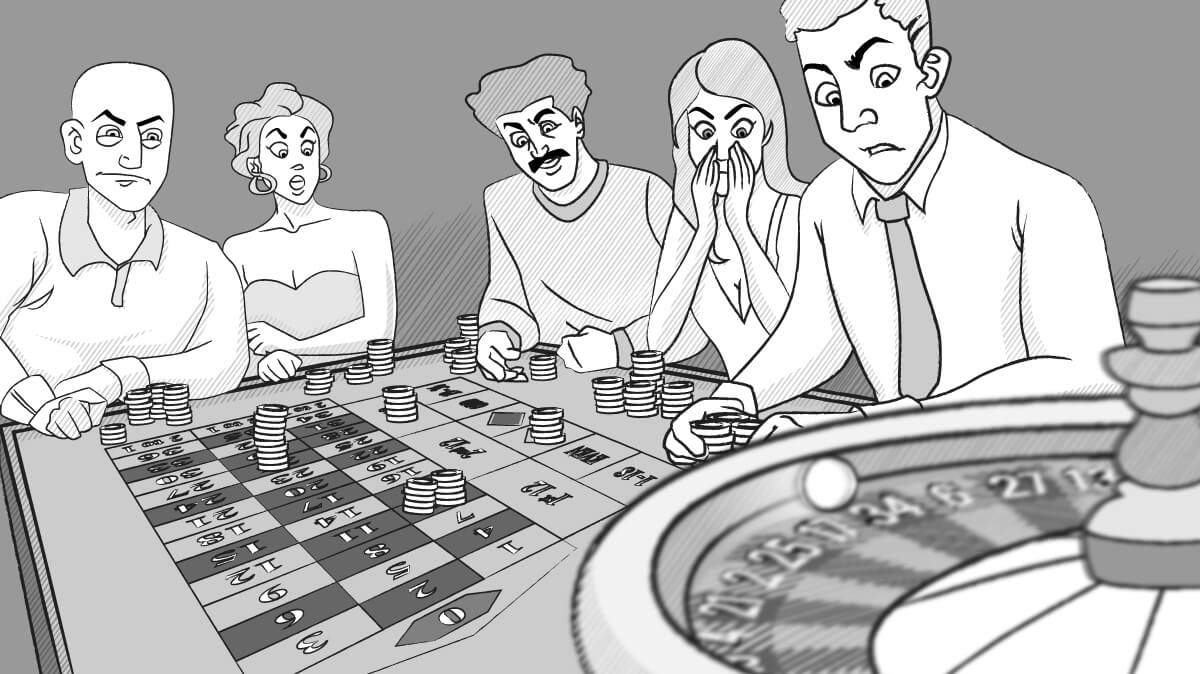
- A Small Steel Roulette Ball Rolls Around The Inside Of A 30 Cm Inches
- A Small Steel Roulette Ball Rolls Around The Inside Of A 30 Cm =
Search the world's information, including webpages, images, videos and more. Google has many special features to help you find exactly what you're looking for. A small steel ball rolls counterclockwise around the inside of a 30.0 cm diameter roulette wheel. The ball completes exactly 2 revolutions in 1.20 seconds. What is the ball's angular displacement after 1.24 seconds, assuming the initial angular position is 0 (in radians, round to 1 decimal). I will use a coefficient of sliding friction for each ball which is very small, μ=0.01. Each ball experiences a frictional force of f=μmg=ma (Newton's second law) where a is the acceleration and g=9.8 m/s 2 is the acceleration due to gravity.

A ball rolls with a speed of #2.0m/s# across a level table that is #1.0m# above the floor. Upon reaching the edge of the table, it follows a parabolic path to the floor. How far along the floor is the landing spot from the table?

- A small goldfish bowl weighs 2kg on a scale. A steel ball having a mass in air of 500g is gently lowered into the bowl, comes to rest on the bottom of the bowl. What is the readig on the scale. Less than 2kg B. Greater than 2kg but less than 2.5kg C. Equal to 2.5kg D. Great than 2.5kg.
- In the casino game of roulette, a ball is rolled around the rim of a circular bowl while a wheel containing 38 slots into which the ball can drop is spun in the opposite direction from the rolling ball; 18 of the slots are red, 18 are black, and 2 are green. A player bets a set amount, say $1.
1 Answer
We need to consider vertical and horizontal components.
Explanation:
If we consider the vertical component, we can determine how long the ball is in free fall. We can use:
S=1m
And u, initial velocity in vertical direction, is 0m/s
And we can take acceleration as 9.81
A Small Steel Roulette Ball Rolls Around The Inside Of A 30 Cm Inches
So t= 0.45s

In the horizontal direction, there is no acceleration so we can simply use
Hence distance along the floor from the table is